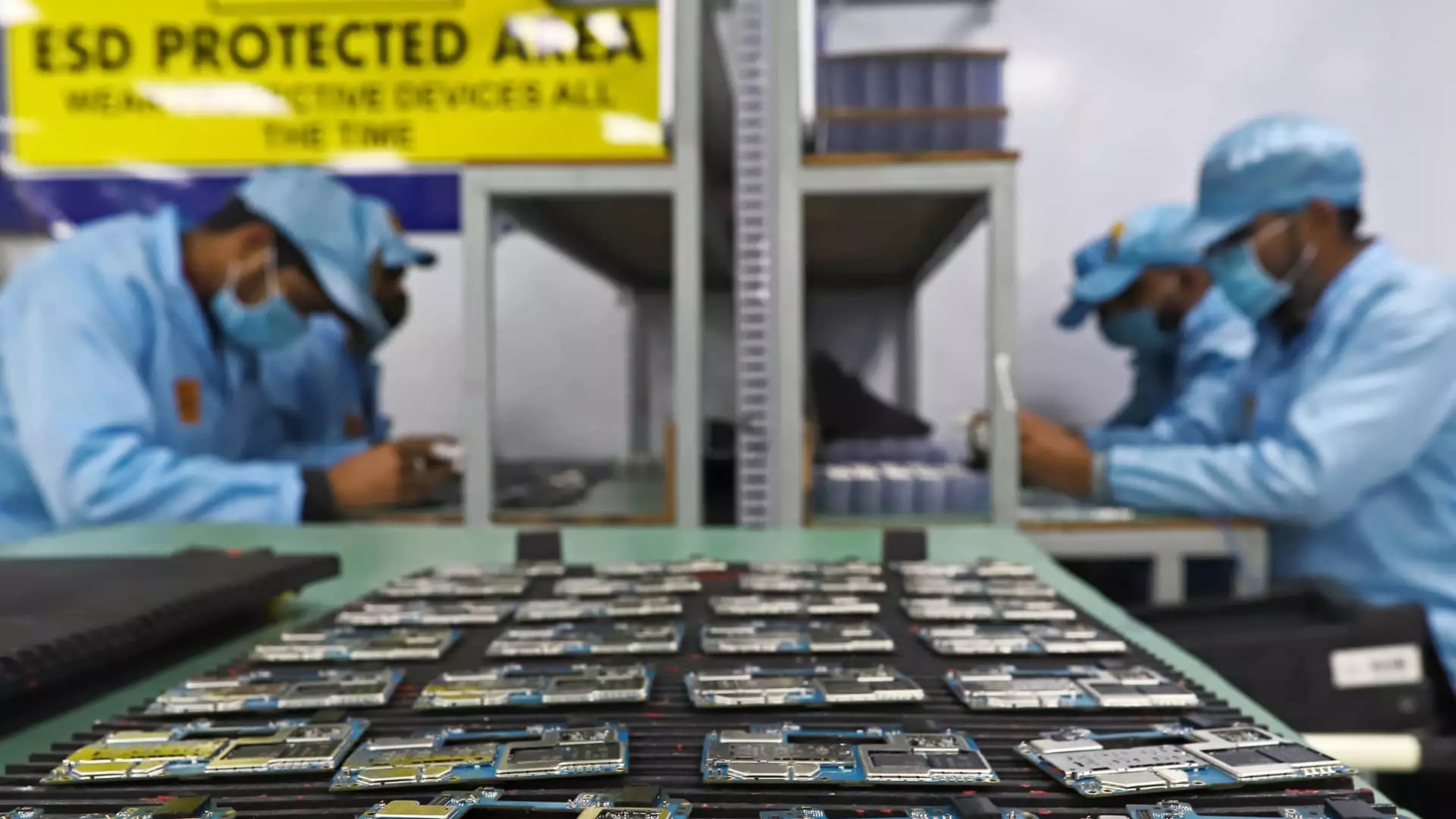India has set its sights on becoming one of the top five semiconductor producers in the world within the next five years. Ashwini Vaishnaw, the minister of electronics and information technology, railways, and communications, expressed this ambition, highlighting the complexity of the global chip industry and the supply chains associated with it.
As of December, Taiwan dominates the global semiconductor foundry capacity with 46%, followed by China (26%), South Korea (12%), the U.S. (6%), and Japan (2%). However, with the rising tensions between the U.S. and China, more companies are looking to diversify and reduce their reliance on China, presenting an opportunity for India to step in as a trusted value chain partner.
Vaishnaw emphasized that India aims to be a trustworthy partner for electronic device manufacturers, industrial and defense electronics, and power electronics. He described this partnership as “trust shoring,” highlighting the global trust in India’s capabilities.
Qualcomm recently opened a new design center in Chennai, focusing on wireless technology design and creating 1,600 job opportunities in the country. The CEO of Qualcomm acknowledged the long-standing presence of the company in India and the positive impact it has had on the local semiconductor industry.
Prime Minister Narendra Modi inaugurated three semiconductor plants in India, including a joint venture between Tata Electronics and Taiwan’s Powerchip Semiconductor Manufacturing Corp. The goal is to produce India’s first semiconductor chip by 2026, positioning the country as a significant player in the global semiconductor market.
Despite concerns from investors about India’s lag in semiconductor manufacturing, Vaishnaw remains optimistic about the country’s potential. He predicted that the global semiconductor sector will reach a trillion dollars within the next seven years, highlighting India’s talented pool of professionals and its focus on enhancing manufacturing capabilities.
Vaishnaw emphasized that the semiconductor industry presents a significant growth opportunity, with the potential to create a million more semiconductor engineers. India’s existing talent pool and ecosystem make it well-equipped to handle the complexities of the industry, gaining the confidence of the global semiconductor market.
India’s ambition to become a leading semiconductor producer is fueled by its commitment to building trust, investing in manufacturing capabilities, and leveraging its talented workforce. With strategic partnerships and investments from companies like Qualcomm, India is poised to make a mark in the global semiconductor landscape.


Leave a Reply